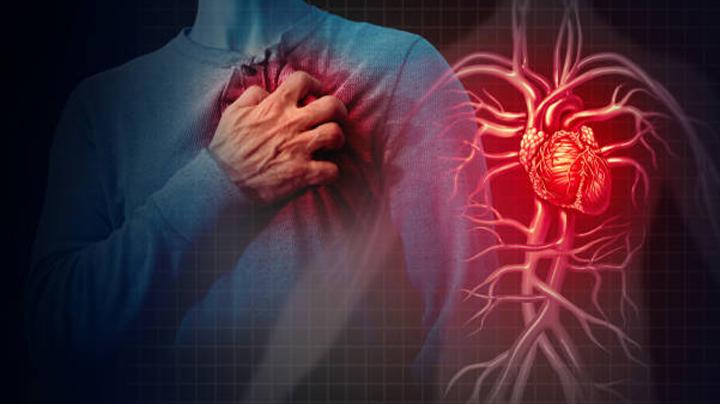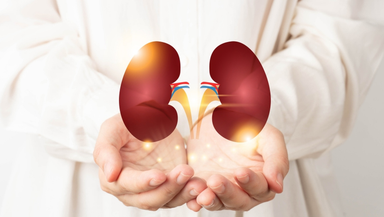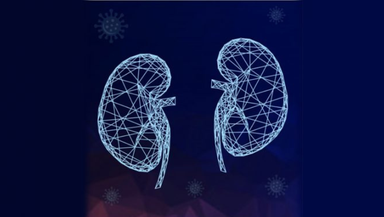Heart Attacks: Understanding Symptoms, Diagnosis, and Treatment

Introduction:
A heart attack, medically known as a myocardial infarction (MI), occurs when blood flow to a part of the heart muscle is blocked, leading to damage or death of heart tissue. Heart attacks are a serious medical emergency and can have life-threatening consequences if not promptly treated. Understanding the causes, risk factors, signs, symptoms, diagnosis, and treatment options for heart attacks is crucial for recognizing the warning signs and seeking timely medical intervention.
Signs and Symptoms:
Recognizing the signs and symptoms of a heart attack is essential for early detection and intervention. Common signs and symptoms may include:
- Chest pain or discomfort, which may feel like pressure, squeezing, fullness, or pain in the center or left side of the chest.
- Pain or discomfort in other areas of the upper body, including the arms, back, neck, jaw, or stomach.
- Shortness of breath, often accompanied by sweating, nausea, lightheadedness, or fainting.
- Sudden onset of severe fatigue or weakness, especially with exertion.
It's important to note that not everyone experiences the same symptoms, and some individuals may have atypical or silent heart attacks with minimal or no symptoms. Any suspicion of a heart attack warrants immediate medical attention.
Diagnosis and Evaluation:
Diagnosing a heart attack typically involves a combination of medical history assessment, physical examination, electrocardiogram (ECG/EKG), blood tests (troponin levels), and imaging studies (such as echocardiography or coronary angiography). These tests help healthcare providers assess heart function, determine the extent of damage, identify the location of blockages in the coronary arteries, and guide treatment decisions.
Treatment Options:
Treatment for a heart attack aims to restore blood flow to the affected area of the heart, relieve symptoms, prevent complications, and minimize long-term damage. Depending on the severity of the heart attack and the presence of underlying conditions, treatment options may include:
- Emergency medical care, including oxygen therapy, aspirin, nitroglycerin, and pain medications.
- Reperfusion therapy to restore blood flow to the heart muscle, such as thrombolytic therapy (clot-busting drugs) or percutaneous coronary intervention (PCI) with angioplasty and stent placement.
- Medications to reduce blood clotting, lower blood pressure, stabilize heart rhythm, and manage other cardiac risk factors.
- Cardiac rehabilitation programs to support recovery, improve cardiovascular health, and reduce the risk of future heart attacks.
Dr Ravindranath Reddy, HOD & Sr Consultant – Interventional Cardiology says, "Recognizing the signs and symptoms of a heart attack and seeking immediate medical attention can be lifesaving. Time is of the essence in treating a heart attack, and prompt intervention can minimize damage to the heart muscle and improve outcomes. By raising awareness and educating the public about heart attack prevention and treatment, we can empower individuals to take proactive steps to safeguard their heart health."
Conclusion:
Heart attacks are serious medical emergencies that require prompt recognition, evaluation, and treatment. By understanding the signs, symptoms, diagnosis, and treatment options for heart attacks, individuals can take proactive steps to protect their heart health and reduce their risk of cardiovascular complications. Early intervention, lifestyle modifications, and adherence to medical recommendations are key to preventing heart attacks and improving overall cardiovascular outcomes. Remember, if you or someone you know experiences symptoms suggestive of a heart attack, don't delay—seek immediate medical attention. Your heart health is too important to ignore.
Specialities
Clear allMeet the doctor

Dr Ravindranath Reddy D R
Cardiology
MBBS, MD (Internal Medicine), DM (Cardiology)











